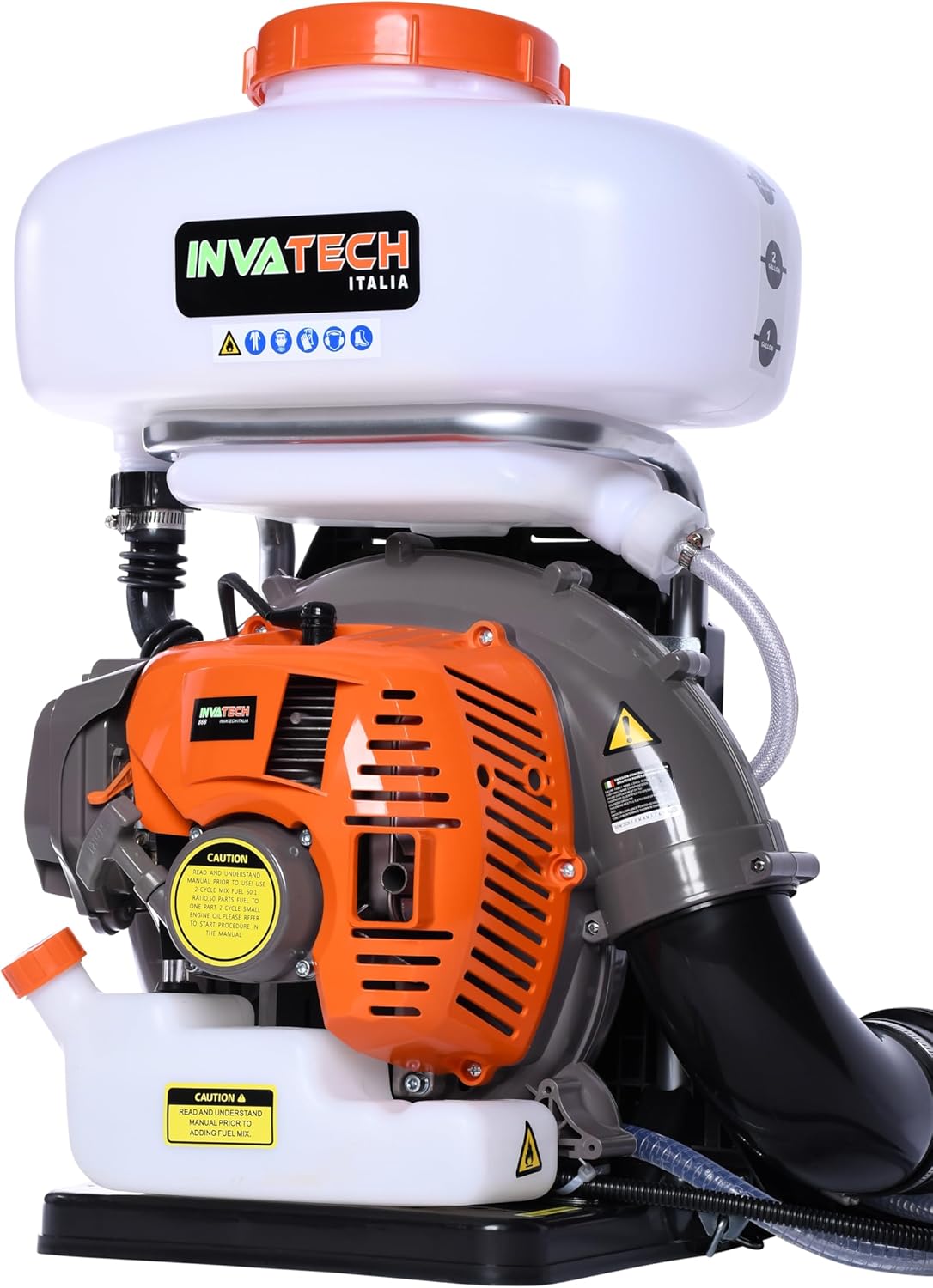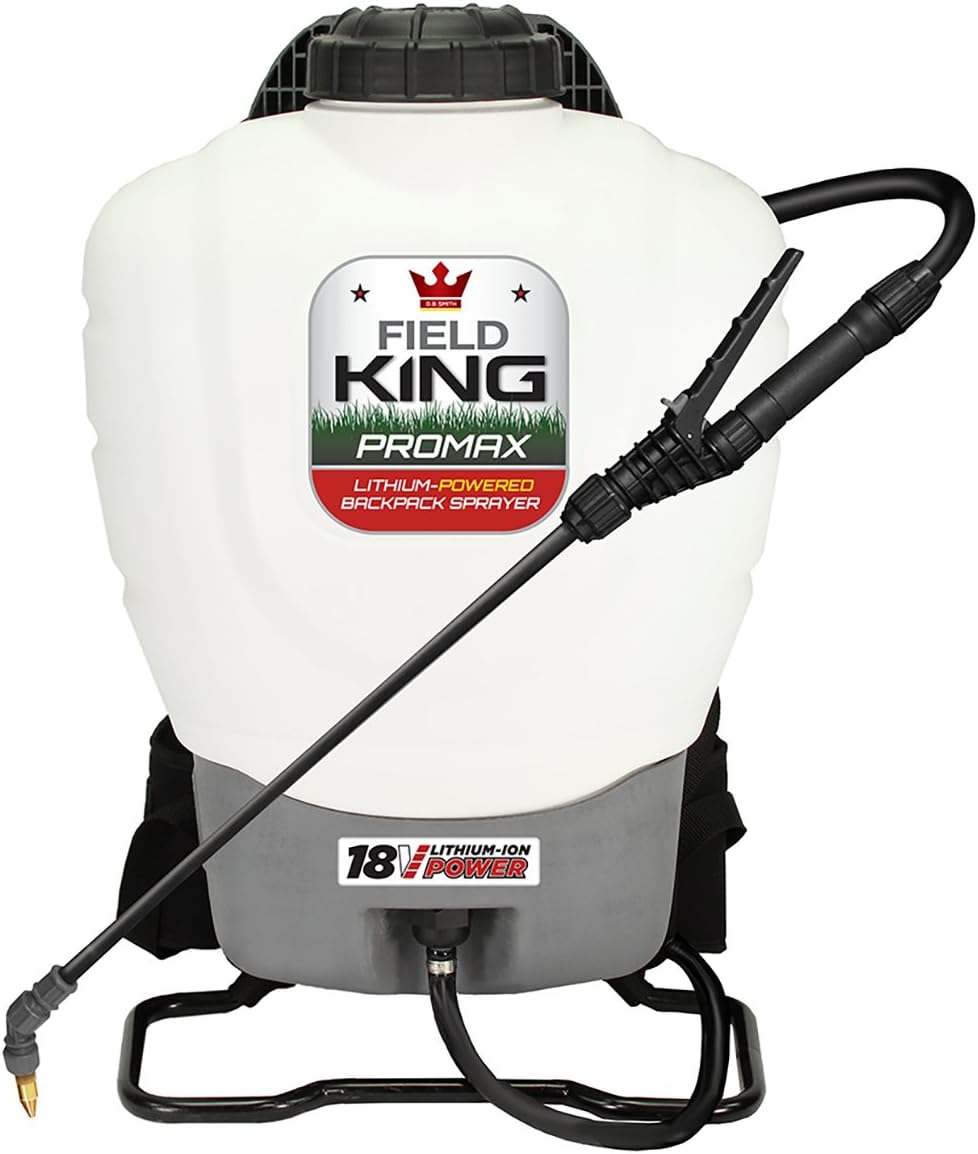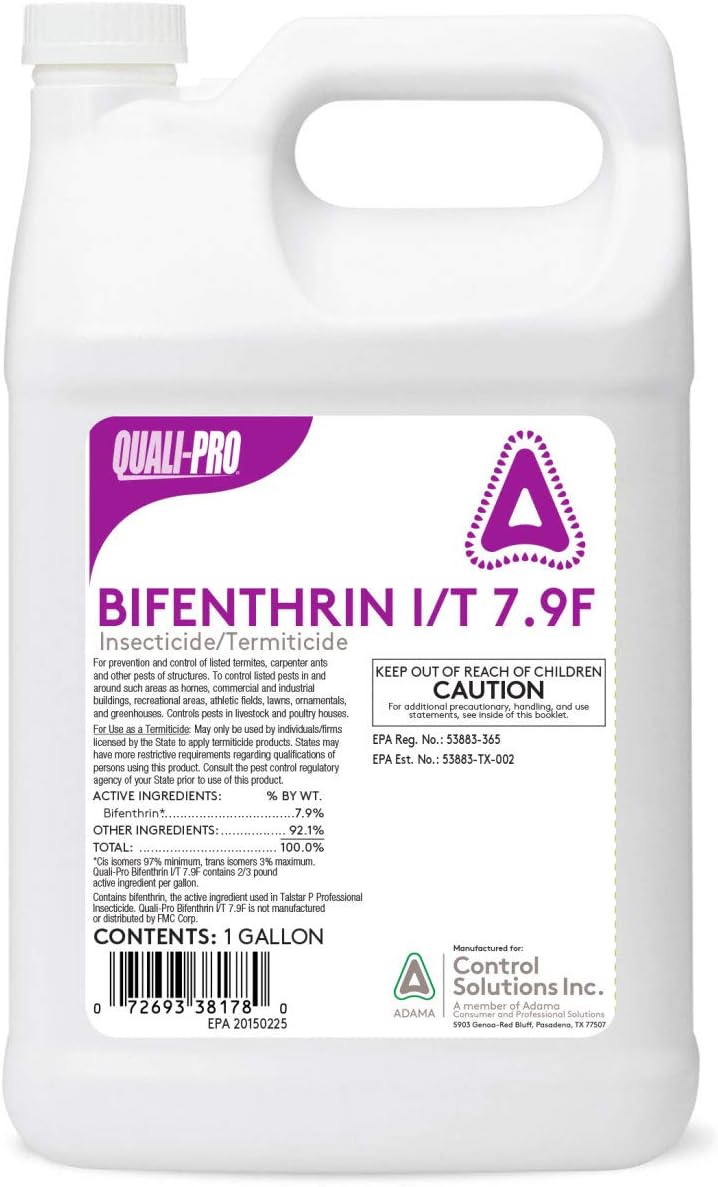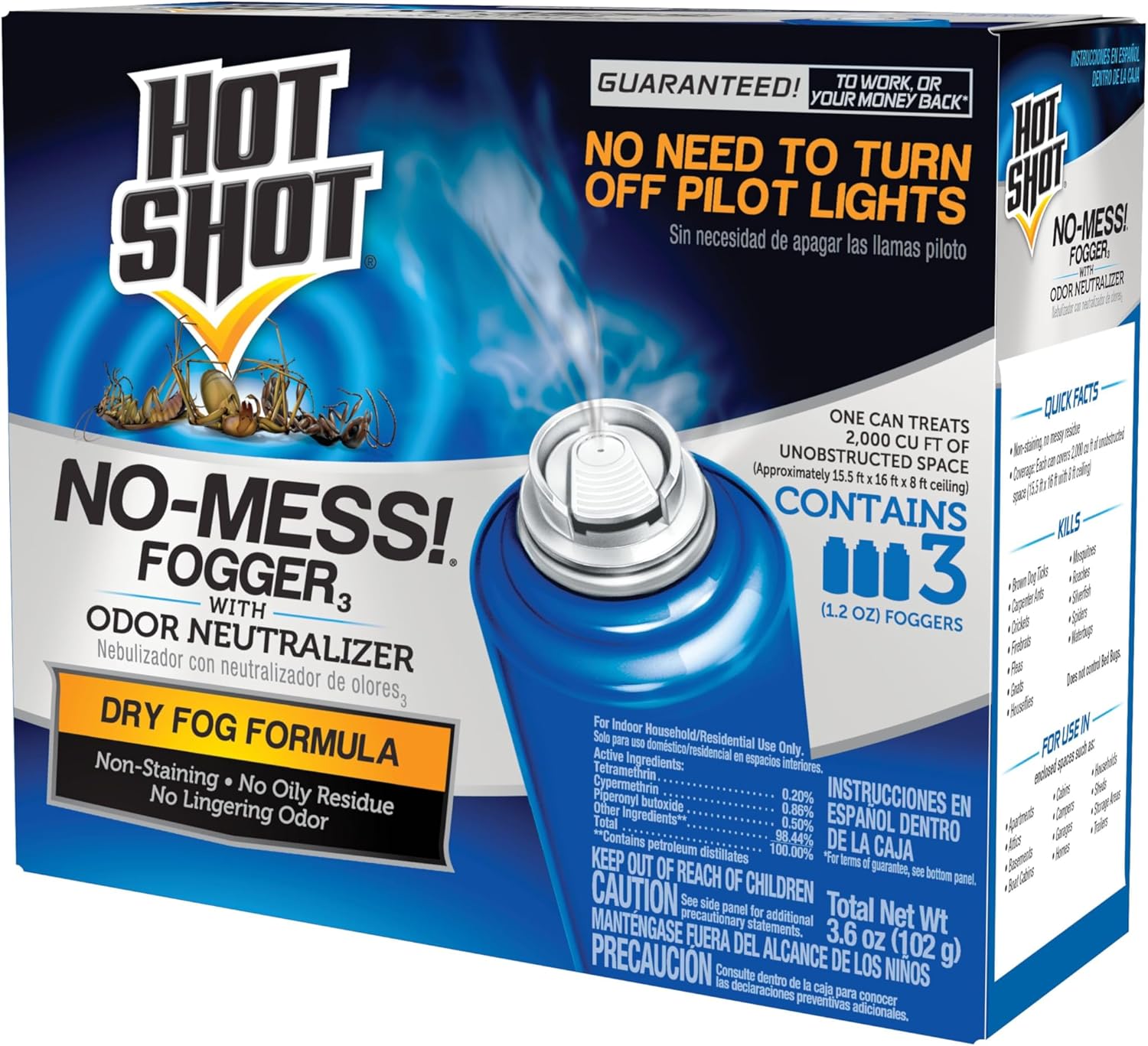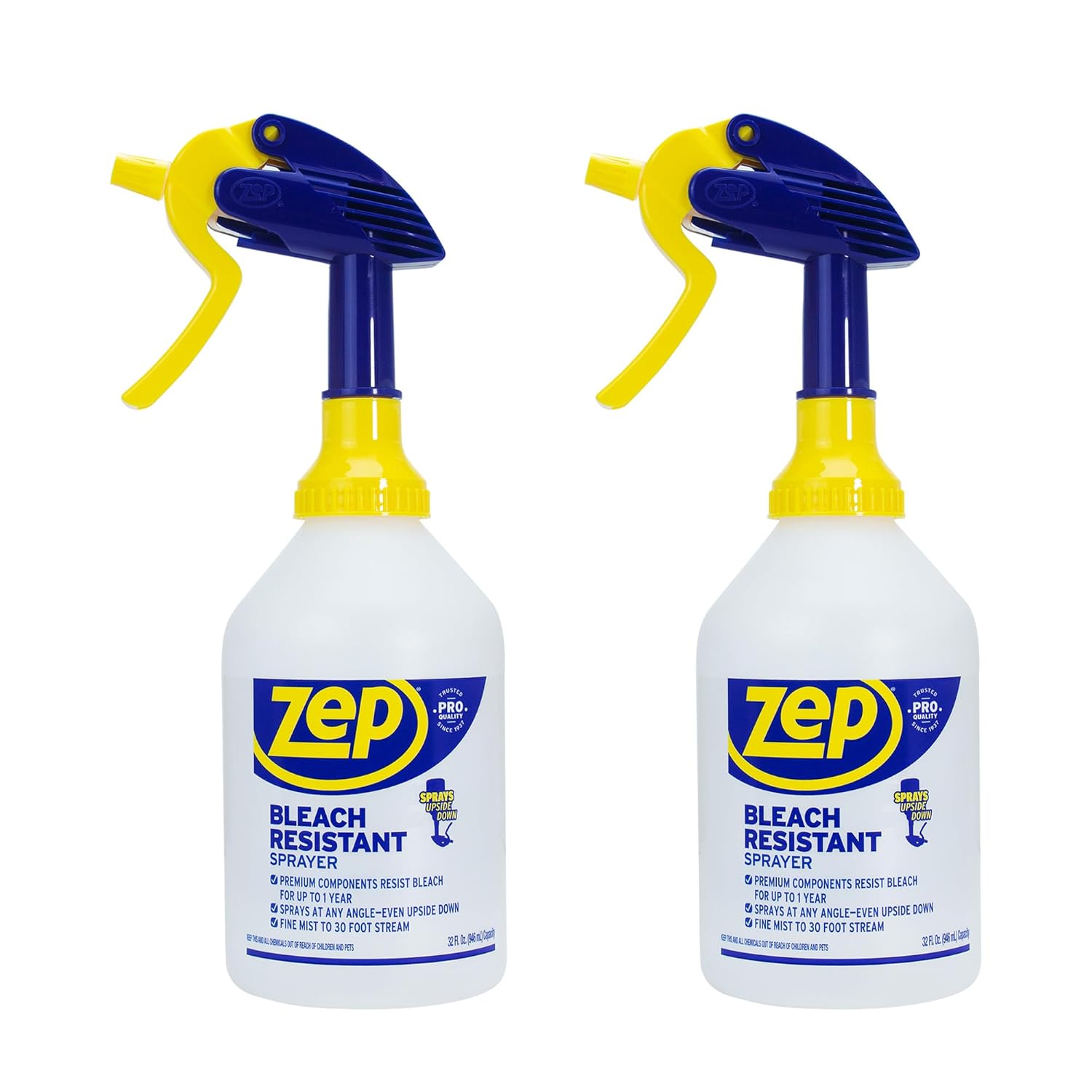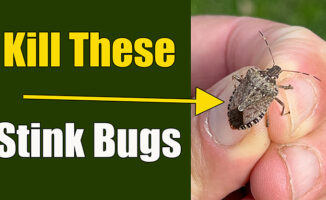How to REALLY Kill Stink Bugs
Doc explains how to kill stink bugs around the house in the fall and prevent them from entering your house. Natural killers and deterrents just aren’t really effective and a residual killing product must be used to REALLY prevent them.
How to Kill Stink Bugs Video
Stink Bug Killing Products
Backpack Fogger Unit
Backpack Sprayer
Bifenthrin Concentrate
Indoor Foggers
GREAT Spray Bottles
Best product to kill stink bugs studies
Based on multiple university extension services and peer-reviewed studies evaluating insecticide efficacy against various stink bug species (e.g., brown marmorated, brown, green, southern green, and redbanded), bifenthrin consistently emerges as the most effective broad-spectrum option for killing stink bugs, particularly in agricultural settings like corn, cotton, and soybeans.
It achieves high mortality rates at low concentrations (e.g., 100% kill at 1 ppm in vial bioassays for brown stink bugs in corn) and is recommended when brown stink bugs predominate due to their tolerance to other pyrethroids. Lab and field tests show LC50 values as low as 0.27–9.07 µg/mL across species, outperforming alternatives like λ-cyhalothrin (3.14–50 ppm for 100% mortality) or cyfluthrin (25 ppm).
Acephate is a close second, providing 74–89% field mortality in cotton and soybeans, with LC50 values of 43–270 µg/mL, and is especially useful as a resistance-breaking alternative to pyrethroids. Neonicotinoids like acetamiprid also perform well (80–81% mortality in alfalfa trials), but bifenthrin offers better residual control and versatility across life stages (adults and nymphs).
For home or garden use, ready-to-use formulations containing bifenthrin or acetamiprid are practical, though always follow label instructions to minimize environmental impact. Rotate with other classes (e.g., organophosphates) to prevent resistance.


